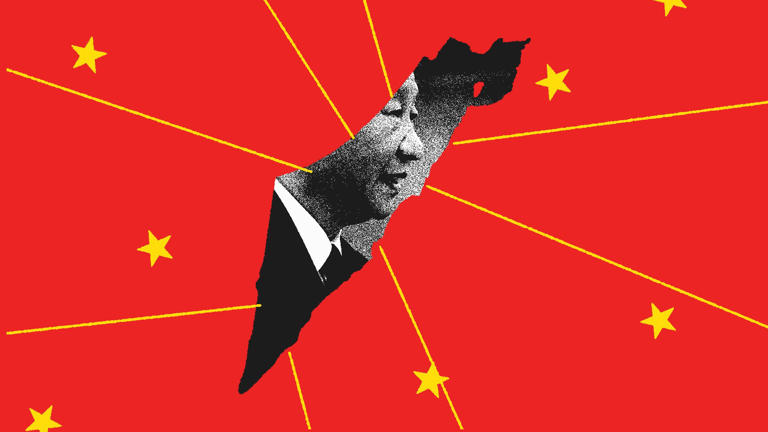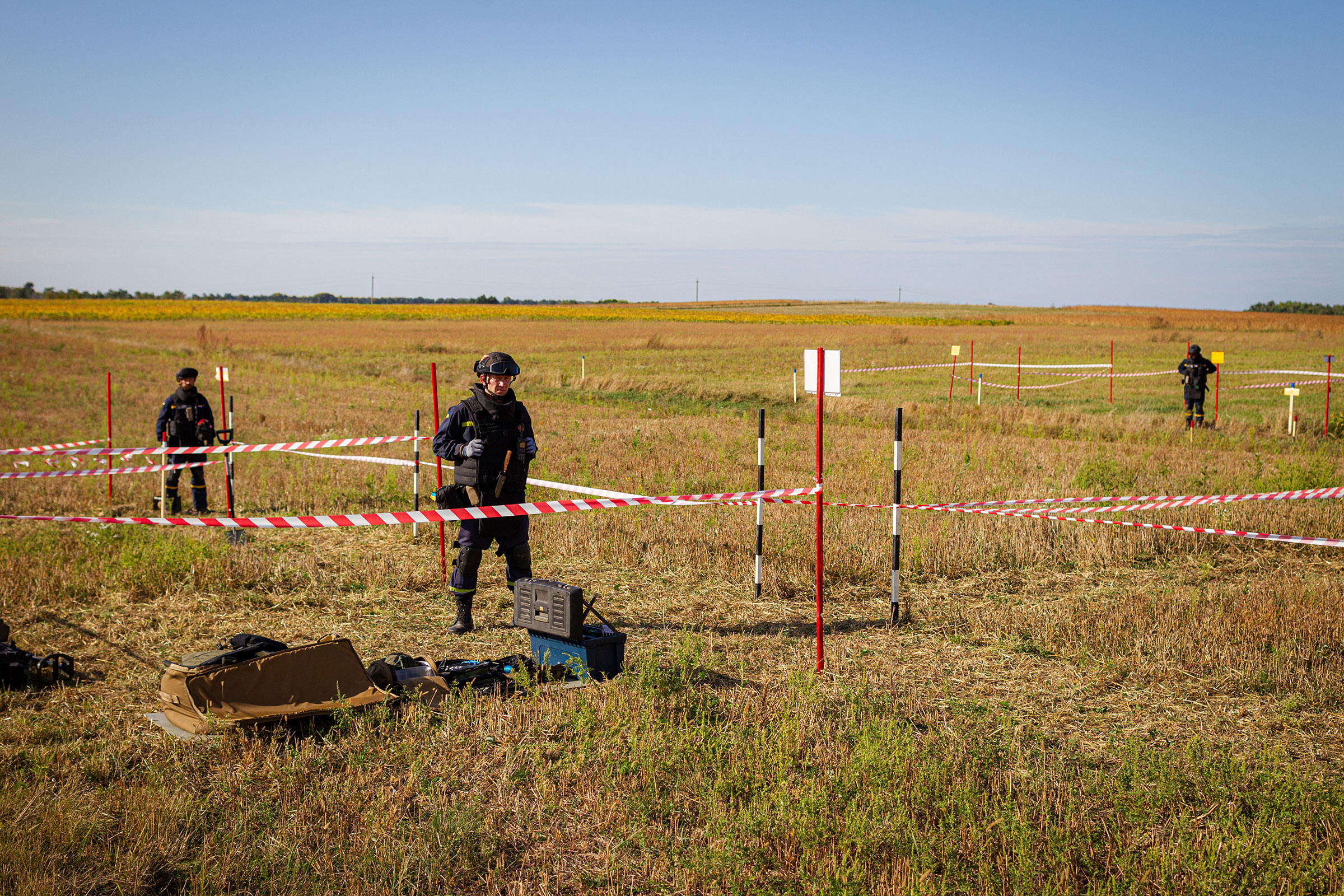Mick Ryan
The Israel Defence Forces (IDF) last Friday completed an important component of its operation in Gaza.
An armoured thrust across the middle of Gaza reached the sea. This has the effect of isolating northern Gaza from the rest of the territory. But it also heralds a new phase in the ongoing Israeli military action, Operation Swords of Iron.
The IDF now occupies a large section of middle Gaza and appears set to stay for some time. Open-source intelligence indicates that Israel has rapidly constructed a string of strong points across the trunk of Gaza. These strong points, constructed by the armoured bulldozers, will form a cordon that has several purposes in the next phase of Israel's Gaza operation.
The IDF now occupies a large section of middle Gaza, and appears set to stay for some time.
One reason for isolating northern Gaza is to ensure Hamas is cut off from external sources of support. The cordon will prevent support from southern Gaza moving north to Hamas terrorists. But it will also allow civilians to escape the combat occurring to the north, while preventing Hamas from fleeing south.









